You have written an article for your website and now you hope that blog you post will attract and engage visitors. Make sure it does by deploying the best SEO practices, says Jay Kang – who details how careful use of Wordpress and search engine optimisation can boost your site’s rankings and ultimately drive more people to your e-shop window.
Before you hit ‘publish’, it is good practice to go through a mental (or written) checklist. This ensures that the blog post that you have spent some time writing is actually worth while. It will contribute to your site’s rank on search engines, reach people on social media, stir up some engagement or even go viral. In this article, I delve into the best SEO practices for WordPress For some, you need to check every time, while for others, you can look out for them periodically:
1. Check your post title and page title
Let’s begin with a very interesting concept: post title versus page title. When we talk about title, what are we referring to? Are these two the same? What should you prioritise for SEO? Your post title is what you ‘name’ your blog post.
It is a H1 HTML element. It is created within the <body> tag of the page. The best SEO practice, do you have problems finding an SEO Expert Dubai? Check out: Hesse Media – SEO Expert Dubai will get to know what the page focuses on. The page title is part of the meta information as a <title> tag. It is also known as the SEO title.
Search engines give more weight to title tags. Good SEO practice is to include your keyword in the title tag (page title). Put the keyword near the beginning of the title tag. This will help your web page to rank higher in search results.
Does it mean that your blog post title has nothing to do with SEO? It is a crucial part of on-page SEO. Remember, other factors like bounce rates will affect your site’s ranking, too. If your web page has a high bounce rate, it is an indicator of irrelevant content. Since you are writing the blog post for humans, the blog post title needs to pique their interest so that they can actually read it.
According to Rand Fishkinblog posts. of Moz, a user expects to see a matching headline on the page after clicking on a search result – failure to do so increases the chances of bouncing or ‘pogo-sticking’.
Now that we know the importance of a good page title and post title, you can use an SEO plugin like to add a title to a page or post.
– After you install and activate the plugin on your WordPress dashboard, scroll down until you get to SEO on the left pane.
– Go to SEO>dashboard
– Click on features (screenshot below)
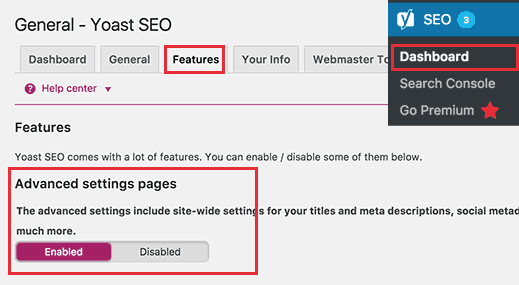
– Under advanced settings, click enabled
– Save your changes
– Go to SEO > Titles & Meta (screenshot below)
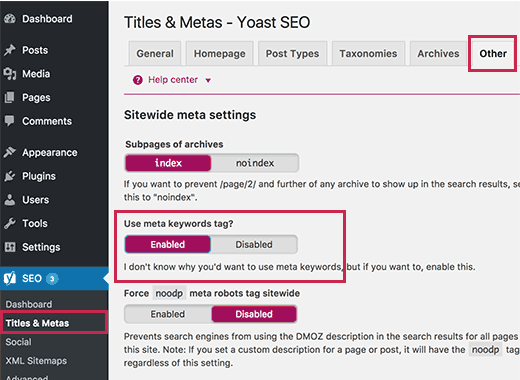
– Click other
– Click enabled under the use meta keywords tag
– Save changes
– You can now add meta keywords to your posts and pages.
The Plugin will give you notifications as you proceed to guide you.
2. Check your meta descriptions
Closely related to the titles are meta descriptions. These help the search engine to know that your site/page focuses on a particular topic. They are important for high click-through rate. The description not only needs to be compelling, but also use the keywords that you are likely to rank for. The keywords should flow naturally within the description.
Google’s structured data can enhance your meta description and add additional markup on Google’s search engine. Each posts should have ‘Article’ Markup so that Google can effectively identify your article, so it can better provide users the information on SERP.
Adding this JSON script to each of your posts can help Google gather more data for each post and semantically identify what type of articles you publish overall with their algorithm:
<script type=”application/ld+json”>
{
“@context”: “http://schema.org”,
“@type”: “NewsArticle”,
“mainEntityOfPage”: {
“@type”: “WebPage”,
“@id”: “https://google.com/article”
},
“headline”: “Article headline”,
“image”: [
“https://example.com/photos/1×1/photo.jpg”,
“https://example.com/photos/4×3/photo.jpg”,
“https://example.com/photos/16×9/photo.jpg”
],
“datePublished”: “2015-02-05T08:00:00+08:00”,
“dateModified”: “2015-02-05T09:20:00+08:00”,
“author”: {
“@type”: “Person”,
“name”: “John Doe”
},
“publisher”: {
“@type”: “Organization”,
“name”: “Google”,
“logo”: {
“@type”: “ImageObject”,
“url”: “https://google.com/logo.jpg”
}
},
“description”: “A most wonderful article”
}
</script>
You can learn more about building your markup hereYoast SEO .
Most of your blog articles will be non-video objects, therefore, it must be based on one of the following schema.org types: Article, NewsArticle, BlogPosting.
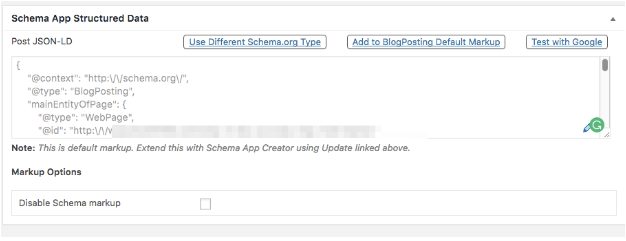
A cool WordPress plugin you can use is the Schema App Structured Data or
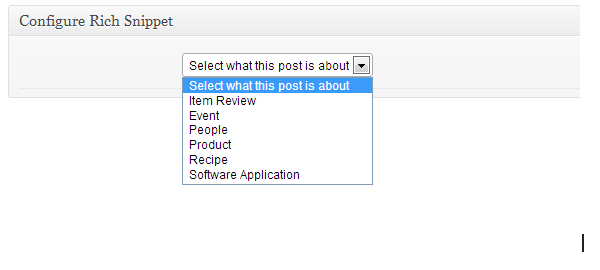
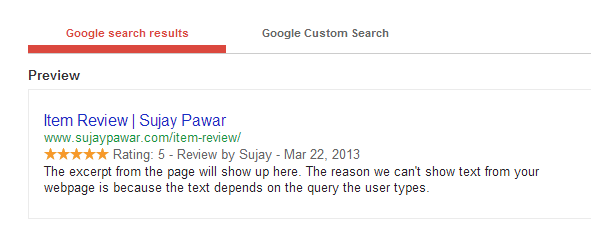
All In One Schema Plugin where you can add the following Schema markups for your WordPress site:
Page: http://schema.org/Article
Post: http://schema.org/BlogPosting
Search: http://search.org/SearchResultsPage
Author: http://schema.org/ProfilePage
Category: http://schema.org/CollectionPage
Tag: http://schema.org/CollectionPage
Blog: http://schema.org/Blog
BreadcrumbList: http://schema.org/BreadcrumbList
WebSite: http://schema.org/WebSite
3. What length is more appropriate
According to a 2016 study by Brian Dean, longer content tends to rank higher in search results. At this point, we may want to understand what causes this magical effect. Longer content is likely to be better optimised and in-depth. If written by an expert it will definitely rank higher for relevancy and authority. Increasing the length of your blog post will have Google reward your efforts by ranking higher. Strive to reach around 2,000 words.
4. Check your permalink and slug
A permalink, in simple terms, is the part of the URL that you change to suit different needs. It is the last part of the URL that comes after the domain name. Slugs are used in permalinks.
The slug in this URL is https://en.wikipedia.org/wiki/Search_engine_optimization
‘Search_engine_optimization’
Google sees hyphens as word separators while underscores aren’t recognised. So the search engine sees www.example.com/green_dress as www.example.com/greendress. The bots will have a hard time determining this URL’s relevance to a keyword. You won’t have to worry about underscore using WordPress, but it’s good to know SEO info.
WordPress automatically generates slugs for your posts. But why are slugs and permalinks important?
Slugs will be the first thing that a search engine will ‘read’. They should be consistent with the topic and post title. They also entice internet users to click on your URL in search results, as they are shown as part of the meta description.

How then do you change your post’s permalink and slug?
– On your WordPress dashboard, click on the post that you have just created
– Near the post title, you will see ‘permalink’
– Click edit
– The part that WordPress allows you to edit is the slug
– Change it to suit your post title and topic. Better still, it should include a keyword that you are trying to rank for.
– Remember to update to ensure that the changes have been incorporated into your blog post.
Keep your targeted keywords in mind. Search engine friendly URLs work to support your optimised post and meta tags by including the same targeted keyword phrases in the URL string. If your post has the same targeted keywords in the Meta tags, in the body copy and in the URL, that all combines to make your web page highly relevant to the keyword phrase being targeted for your organic search campaign.
5. Check for images
Images are a good behind-the-scenes way to include keywords in your blog posts. Google will crawl the images differently from how it will crawl text. You need to name and label your images using your keywords. When you add an image in WordPress, you have an option to add ALT text.
Include your keyword in the alt text too, and in the actual name of the image. Images help to engage the reader. They are able to read through most of your blog post, compared to when they are only reading text.
WordPress can get a bit tricky, sometimes. If you upload an image and do not add alt text at the same time, it does not save the alt text sometimes. Best practice is to add your alt text as soon as you upload your image.
Most people just use Alt text image description but many forget to change the actual file name.
Ensure you name your images correctly. A couple of these changes will go a long way in giving you a good boost both in Google Image Search. Before you upload your images, name them with words that are related to the content the images will accompany.
For instance, instead of uploading an image titled DC001.JPG, rename it to ‘fashion dresses for 2017’ if the topic you are writing about is fashion.
If the image file name has more than two words, include hyphens in between the individual words. For instance, for the example above, the actual name of the image should be fashion-dresses-for-2017.JPG.
6. Check your social media sharing buttons
Before you hit Publish, WordPress shows you your social sharing buttons. It is important to ensure that you refresh any highlighted connections. Social media does contribute to your web page’s relevance, thus to some extent determining how your site ranks in search results.
Social media redirects traffic to your blog, which is something that every site owner wants. It also increases engagement. If people are interested in the blog post, they will comment either on social media or on your web page. Better still, Google’s bots crawl content that is shared on social media faster than the content that is published on websites. Ultimately, social media is a good way to build a relationship with your customers, before you get them to convert.
Best SEO practices – one more thing . . .
WooRank can check your site for more detailed information regarding your overall SEO by performing an SEO Audit and crawling your site. If you are not doing proper SEO, you might come across duplicate content issues. You can learn more about how to solve your duplicate content problem from WooRank’s Blog.
The above best SEO practices for WordPress blog posts should form part of your checklist before you hit the Publish button. Over time, they will become part of your mental checklist, and you will never miss any of them when you are publishing a blog post on WordPress.
Have an opinion on this article? Please join in the discussion: the GMA is a community of data driven marketers and YOUR opinion counts.
Current marketing tactics and best practices will be under discussion at our MINT Data Driven Marketing Summit on Wednesday April 18 in central London. GMA readers can get £100 off the ticket price. Book NOW to hear top-level speakers share their knowledge about GDPR, innovation and the new data economy.











Leave your thoughts